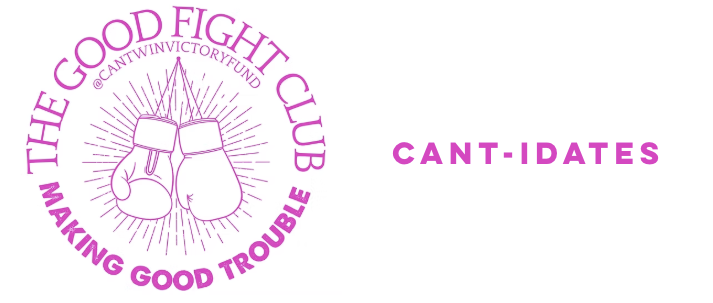All places in China have topolect terms, some more than others, and some are more influential outside of their own region than others. One regional variety whose speakers create numerous memorable expressions they are proud of is Dōngběihuà 東北話 ("Northeastern topolect"). I was inspired to make this post after reading a collection of twenty Northeasternisms.
I showed the collection to Diana Shuheng Zhang, who is an authentic Northeasterner. Diana not only translated and explained the entire collection, she added twenty more, for a total of forty, commenting, "Can't stop laughing. Hope everybody enjoys our native expressions. :)"
Please note that I (VHM) have added all the pinyin romanizations and a few literal translations). Because some of the characters are unusual and I'm not a Northeastern speaker, I cannot guarantee the accuracy, especially down to the tones (and their sandhi), of all the transcriptions I have supplied. Pay attention to Diana's valuable phonological notes.
Read the rest of this entry »



